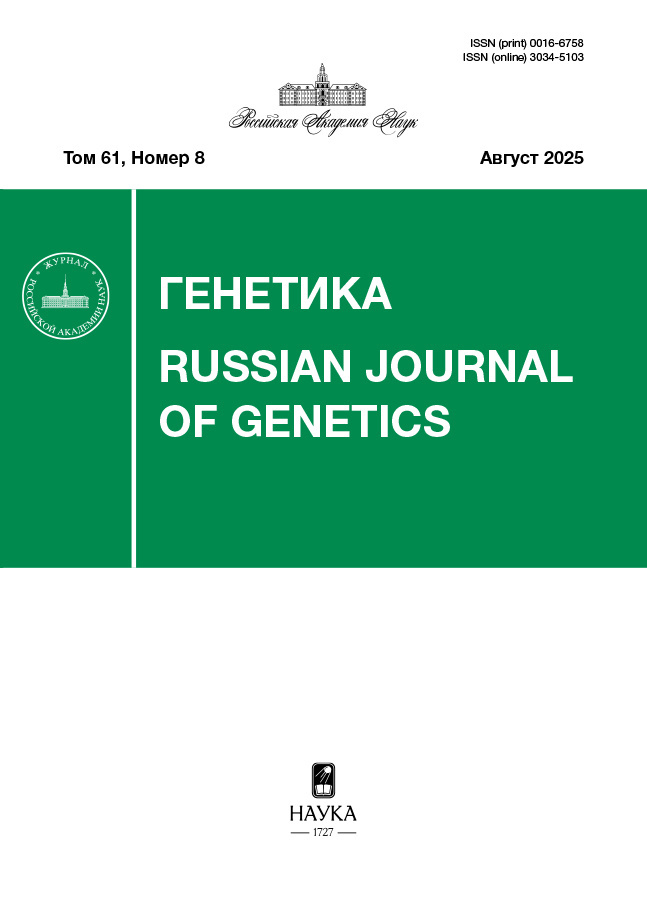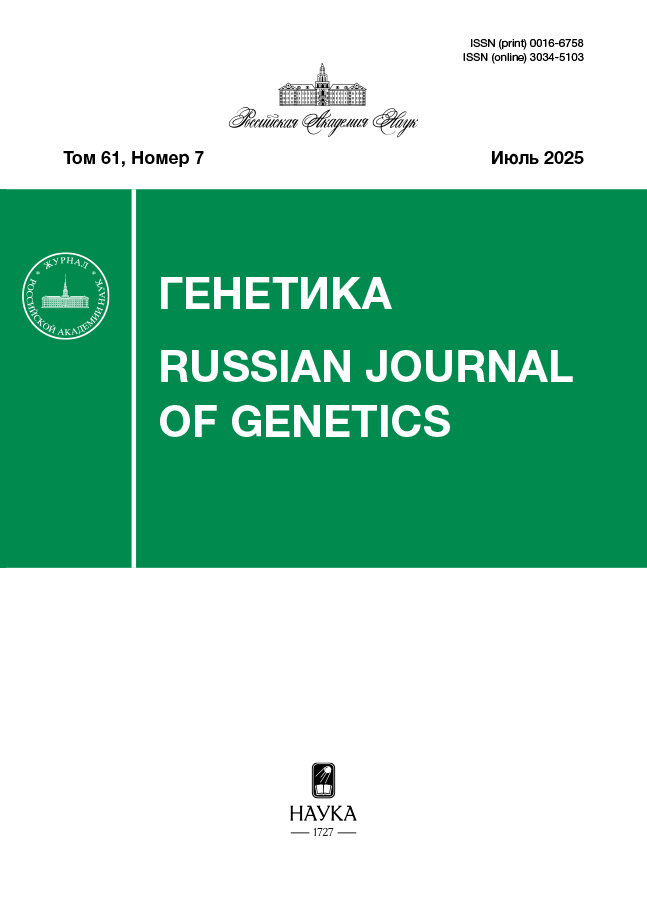The effect of low-temperature exposure in embryogenesis on the expression of the stk25, ndufa4, and adipoq genes in chickens
- Authors: Fedorova E.S.1, Pozovnikova M.V.1
-
Affiliations:
- Russian Research Institute of Farm Animal Genetics and Breeding – The Branch of the Ernst Federal Research Center for Animal Husbandry
- Issue: Vol 61, No 7 (2025)
- Pages: 106-110
- Section: КРАТКИЕ СООБЩЕНИЯ
- URL: https://journals.eco-vector.com/0016-6758/article/view/693620
- DOI: https://doi.org/10.31857/S0016675825070099
- ID: 693620
Cite item
Abstract
It is known that stressors of early on to genesis can affect long-termadaptive changes in the body. In the studies, the stress factor was dosed low-temperature exposure in the early embryogenesis of chickens (Amroxbreed), for which the embryos of the experimental group were cooled on the 5th day of incubation for 6 hours at +15°C. The degree of activation of key candidate genes involved in thermoregulation processes was assessed by the level of the irrelative expression in 14-day-old chickens (10 heads each in the experiment and in the control) 3 hours after the "provocative" stress factor exposure (+7°C, 1 hour) to chickens of both groups. The main purpose of the research h was to verify the involvement of the NDUFA4, STK25, and ADIPOQ genes in chicken thermoregulation and to establish the possibility of controlling the processes of thermal adaptation of chickens in early ontogenesis through dosed low-temperature exposure. It has been established that even a single cold exposure (at temperatures below biological zero) during embryogenes is canin crease the adaptive capabilities of 14-day-old chicks. Thus, the blood of chickens in the experimental group contained less triglycerides (by 35%) and glucose (by 26%) against the background of repeated cooling (p < 0.01). Chickens of both groups activated the mechanism of cold shivering, but in the control, an increase in hypothermialed to ataxia. Thechicks of the experimental group had a shift in the body's response to coldstress (towards increased thermal tolerance), therefore, to main ta in temperature homeostasis, they mainly used the mechanisms of non-shivering thermogenesis, which was accompanied by increased expression of the NDUFA4, STK25, and ADIPOQ genes (1.4–2.1 timesrelative to the control, p < 0.05) in their pectoral muscle.
Keywords
About the authors
E. S. Fedorova
Russian Research Institute of Farm Animal Genetics and Breeding – The Branch of the Ernst Federal Research Center for Animal Husbandry
Author for correspondence.
Email: pozovnikova@gmail.com
Saint Petersburg, Pushkin, 196625 Russia
M. V. Pozovnikova
Russian Research Institute of Farm Animal Genetics and Breeding – The Branch of the Ernst Federal Research Center for Animal Husbandry
Email: pozovnikova@gmail.com
Saint Petersburg, Pushkin, 196625 Russia
References
- Gong R., Xing L., Yin J. et al. Appropriate cold sti- mulation changes energy distribution to improve stress resistance in broilers // J. Animal Sci. 2023. V. 101. https://doi.org/10.1093/jas/skad185
- Zhang S., Liu Y., Chai Y. et al. Effects of intermittent cold stimulation on growth performance, meat quality, antioxidant capacity and liver lipid metabolism in broiler chickens // Poultry Sci. 2024. V. 103. № 3. https://doi.org/10.1016/j.psj.2024.103442
- Shinder D., Ruzal M., Giloh M. et al. Improvement of cold resistance and performance of broilers by acute cold exposure during late embryogenesis // Poultry Sci. 2011. V. 90. № 3. P. 633–641. https://doi.org/10.3382/ps.2010-01089
- Fedorova E.S., Dementieva N.V., Shcherbakov Y.S., Stanishevskaya O.I. Identification of key candidate genes in runs of homozygosity of the genome of two chicken breeds, associated with cold adaptation // Bio- logy. 2022. V. 11. № 4. https://doi.org/10.3390/biology11040547
- Nguyen P., Greene E., Ishola P. et al. Chronic mild cold conditioning modulates the expression of hypothala- mic neuropeptide and intermediary metabolic- related genes and improves growth performances in young chicks // PLoS One. 2015. V. 10. № 11. https://doi.org/10.1371/journal.pone.0142319
- Bal N.C., Muthu P. Uncoupling of sarcoendoplasmic reticulum calcium ATPase pump activity by sarcolipin as the basis for muscle non-shivering thermogenesis // Philosoph. Transactions of Royal Soc. B. Biol. Sci. 2020. V. 375. № 1793. https://doi.org/10.1098/rstb.2019.0135
- Sütt S., Cansby E., Paul A. et al. STK25 regulates oxidative capacity and metabolic efficiency in adipose tissue // J. Endocrinology. 2018. V. 238. № 3. P. 187–202. https://doi.org/10.1530/JOE-18-0182
- Luo L., Wang L., Luo Y. et al. Glucocorticoid/adiponectin аxis mediates full activation of cold-induced beige fat thermogenesis // Biomolecules. 2021. V. 11. № 11. doi: 10.3390/biom11111573
- Liu L., Liu X., Cui H. et al. Transcriptional insights into key genes and pathways controlling muscle lipid metabolism in broiler chickens // BMC Genomics. 2019. V. 20. P. 1–10. https://doi.org/10.1186/s12864-019-6221-0
- Livak K.J., Schmittgen T.D. Analysis of relative gene expression data using real-time quantitative PCR and the 2− ΔΔCT method // Methods. 2001. V. 25. № 4. P. 402–408. https://doi.org/10.1006/meth.2001.1262
- Бочаров М.И. Терморегуляция организма при холодовых воздействиях (обзор) // Сообщ. II. Журнал медико-биол. исследований. 2015. № 2. С. 5–16.
- Vallerand A.L., Zamecnik J., Jones P.J., Jacobs I. Cold stress increases lipolysis, FFA Ra and TG/FFA cycling in humans // Aviation, Space, and Еnviron. Мedicine. 1999. V. 70. № 1. P. 42–50.
Supplementary files











